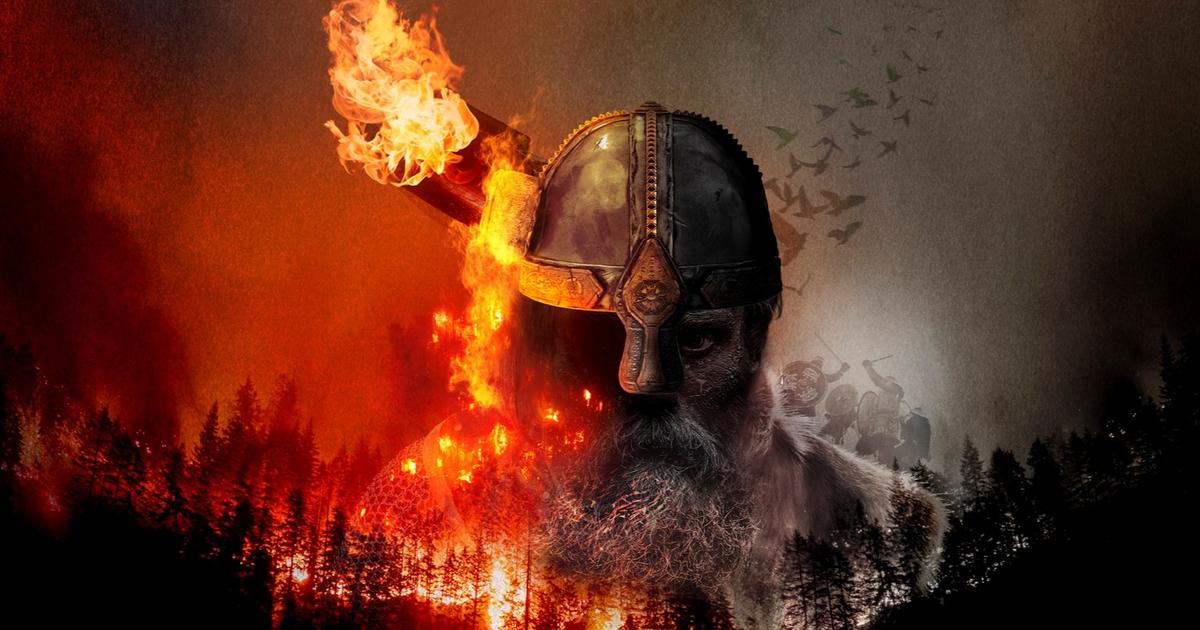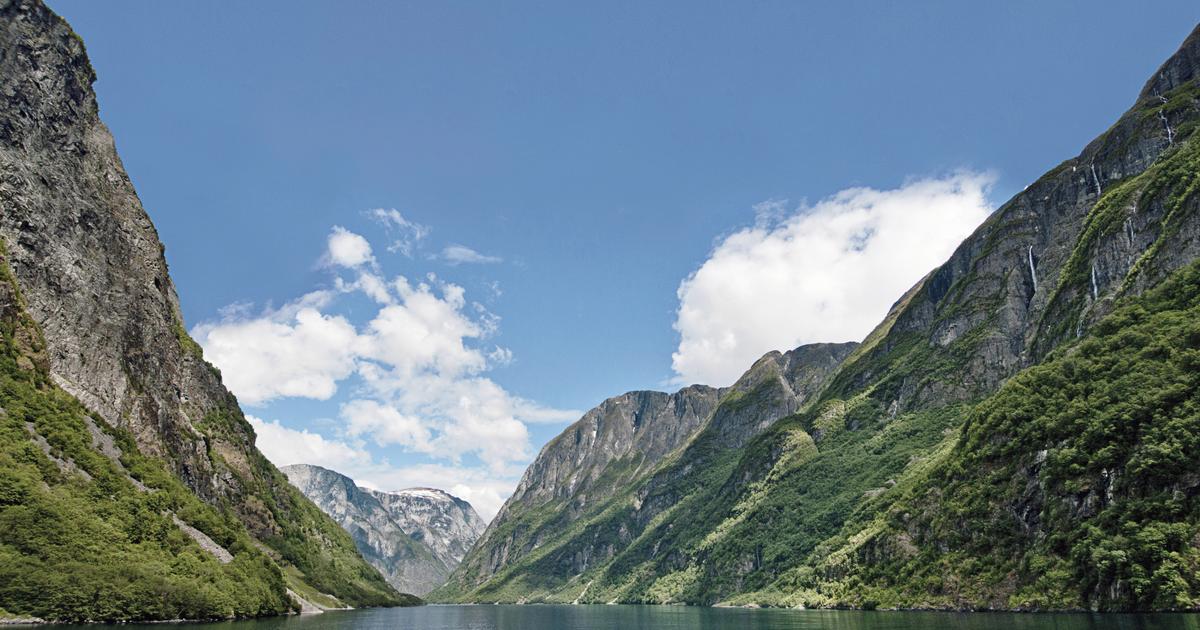Despite their veneration for a fierce warrior ideal, their sometimes macabre humor and their lack of fear in the face of death, the Vikings were also seasoned navigators, intrepid explorers, shrewd political negotiators, talented craftsmen and traders far ahead of the times. their time.
Between the 700s and 1100s, these Norse warriors conquered Britain and Ireland, laid siege to Paris, and established intricate trade networks reaching as far as Constantinople and Baghdad.
They were also the first Europeans to set foot on the wild lands of the American continent, before sinking into oblivion.
Vikings: glory and decline
tells three centuries of epic from Sunday, September 18 at 9 p.m. on National Geographic, with two episodes each week but also in Replay the day after their broadcast, for 30 days on MyCanal.
The series contains violent scenes.
To discover
TV program: Find tonight's TV program
The Vikings ransomed the monasteries
Vikings: Glory and Decline
,
an exceptional documentary series, can meet a legitimate expectation of fans of the
Vikings series
and enthusiasts of Nordic legends, concerned with historical accuracy.
The testimonies of the greatest specialists are collected, most embellished with fictional images, reconstructions and maps, which make it possible to embrace in a spectacular way the complexity of the warrior raids and the acculturation of the Vikings to the various peoples of their time. .
In 793, a violent attack on the small religious community on the sacred island of Lindisfarne (present-day east coast of England), marked the beginning of the Viking era of conquest and expansion.
But it was in 866 with the siege of York, led by Ivar the Boneless in Northumbria, (one of the Anglo-Saxon kingdoms of the High Middle Ages) that the Vikings changed their status from ruthless looters to that of settlers and political actors.
Read alsoThe Viking epic: how they invaded Europe
Their cruelty was legendary, but in this
“the Vikings were not so different from other European warriors of their time.
In 782, Charlemagne had 4,500 Anglo-Saxon captives beheaded in one day.
, recalls Anders Winroth, professor of medieval history at the University of Oslo.
Nor were they looters unaware of the value of their plunder.
A very fine copy of the Gospels dating from the 8th century, the Codex Aureus, illustrated with magnificent illuminations, was returned against the payment of a ransom.
A handwritten inscription testifies to the redemption by a pious currency of the pagan act.
Other writings, the Icelandic sagas, stories with a complex plot with a mythological dimension, allow us to better understand the Vikings.
They also report on the terrifying torture of the blood eagle which gives the victim the silhouette of an eagle.
The influence of the Vikings on language and the arts in Britain
The National Geographic documentary series offers a chronological reading of the facts, unlike the
Vikings
series , which took on fantasies with dates and a few anachronisms, particularly in the architecture of Paris.
Vikings: Glory and Decline
marks the two Viking ages.
The first age encompasses individual initiatives, the coordination of nomadic groups and assimilation and the second age marks the time of kings with Harald the Blue Tooth, son of Gorm the Elder who may be a direct descendant of Ragnar Lothbrok .
The reign of Harald 1st, king of a unified, powerful and Christianized Denmark, marks the beginning of a new era.
It is remarkable how the Vikings who worshiped Thor and Odin embraced Christianity.
Aware of the power of the Church, they were baptized, adopting a more European way of life.
Many Viking words have been incorporated into English.
The most symbolic is undoubtedly the word Law (law) coming from Old Norse.
The Danelaw, Danish law designates a region held by the Vikings.
Read alsoDo you know the (surprising) origin of these expressions of British royalty?
Before the arrival of the Vikings, trade was also not so developed with the world.
Among the Vikings, we find silver coins from Central Asia, shell coins from the Indian Ocean.
Specifically English and Scandinavian artefacts are constantly mixed in works of art from the High Middle Ages.
Stone statues are appearing around churches and on Middleton's cross in Yorkshire is carved a small Viking warrior.
But in 1066, two brutal battles would change the course of history, marking the fall of the vast Viking Empire and the arrival of William the Conqueror, Duke of Normandy, as King of England.















